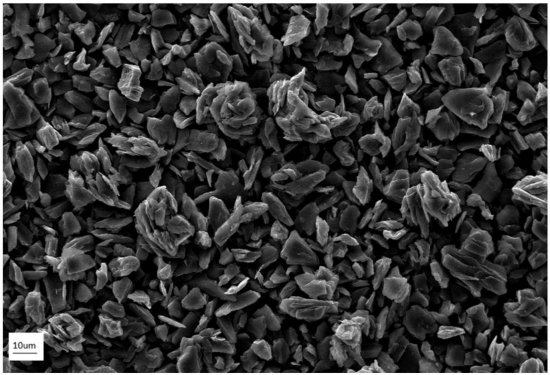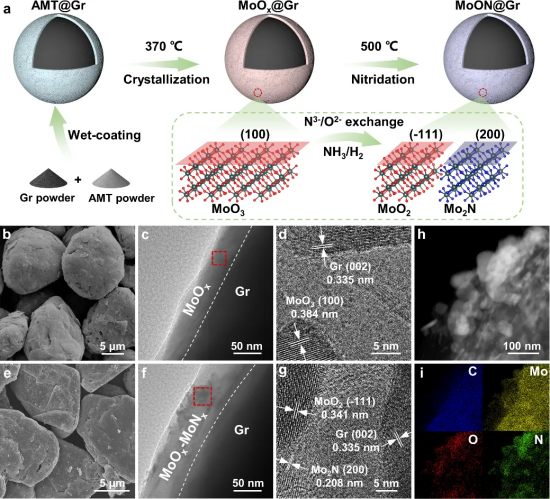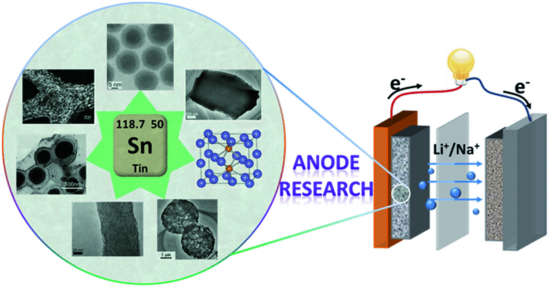【Anode Materials】Production Process – Most Comprehensive Guide!

The rise of electric vehicles and energy storage is boosting demand for lithium batteries, increasing the need for high-quality petroleum coke and artificial graphite. Calcined petroleum coke quality directly impacts graphite performance, making it key for battery anode production.
【Anode Materials】Production Process – Most Comprehensive Guide!
Lithium-ion battery anode materials mainly include graphite-based (such as artificial graphite and natural graphite) and non-graphite-based (such as silicon-based anode materials). The following are the common production processes:
Artificial Graphite Anode Material Production Process
1. Pretreatment:
According to product requirements, graphite raw material is mixed with pitch in a certain ratio, such as 100:(5–20). The material is fed into the hopper through a vacuum feeder, then enters the jet mill for micronization, reducing the particle size from 5–10 mm to 5–10 μm. A cyclone collector collects the desired size particles after milling, with a collection efficiency of about 80%. Tail gas is filtered through a cartridge filter with a dust removal efficiency greater than 99%.

2. Granulation: Divided into pyrolysis and ball milling + sieving processes.
1) Pyrolysis: The intermediate material is fed into a reaction kettle. Nitrogen is used to displace air inside. Under a sealed environment and 2.5 kg pressure, the material is electrically heated following a temperature curve: stirred at 200–300°C for 1–3 hours, then heated further to 400–500°C and stirred again to obtain 10–20 mm particles. After cooling and discharging, intermediate product 2 is obtained.
2) Ball Milling & Sieving: Vacuum-fed intermediate product 2 is transported to a ball mill and ground to 6–10 μm particle size. The ground powder is sent through pipes to a sieving machine. Undersized material is packaged using an automatic metering system to obtain intermediate product 3. Oversized particles are vacuum returned for re-milling.
3. Graphitization:
The product is placed in a graphitization furnace with a protective medium and heated to high temperatures. This converts the disordered 2D stacking of carbon atomic planes into an ordered 3D stacking structure with graphite characteristics. Graphitization methods include batch and continuous processes. The mainstream technology uses Acheson and box-type furnaces.
In Acheson furnaces, anode material is placed in a graphite crucible, hoisted and laid flat in the furnace. Resistance material is placed around the crucible core and then insulated. The furnace is filled and electrified through electrodes on both sides. Once the temperature reaches a threshold, the top is sealed with a gas hood, and the temperature continues to rise to 2800–3000°C. This process reduces edge impurities in the amorphous carbon microcrystalline structure and gives it graphite crystallinity.
4. Ball Milling & Sieving:
Graphitized material is vacuum conveyed to a ball mill for mixing and grinding. A 270-mesh molecular sieve is used for sieving. Undersized particles are inspected, weighed, and packaged. Oversized particles are re-milled until they meet size requirements and then sieved again.

Natural Graphite Anode Material Production Process
1. Mining & Flotation Classification:
Graphite ore is mined and processed through flotation and other techniques to remove impurities and obtain graphite particles of specified size and purity.
2. Spheronization:
Natural graphite particles are processed using jet milling or grinding to create spherical graphite, improving tap density and rate performance.
3. Purification & Drying:
Chemically purify the spherical graphite to remove impurities and harmful elements, then dry to remove moisture.
4. Surface Modification:
Using chemical or physical methods, the graphite surface is modified (e.g., coated with conductive materials or chemically altered) to enhance electrochemical performance.
5. Mixing & Sieving:
The modified graphite is mixed with additives (e.g., conductive agents, binders) and sieved to remove impurities and unqualified particles.
6. Demagnetization & Packaging:
The sieved graphite undergoes demagnetization to remove magnetic substances, followed by packaging to obtain finished natural graphite anode material.

Silicon-Based Anode Material Production Process
Using carbon-coated silicon monoxide as an example:
1. Silicon Source Preparation:
Silicon nanoparticles or films are prepared by chemical vapor deposition (CVD), physical vapor deposition (PVD), etc.
2. Silicon Monoxide Synthesis:
Silicon sources react with oxidants under controlled conditions to produce silicon monoxide.
3. Carbon Coating:
A carbon layer is coated on the surface of silicon monoxide via CVD, PVD, sol-gel, or other methods, forming a carbon-coated silicon monoxide composite.
4. Post-Treatment:
The composite is crushed, classified, and dried to produce silicon-based anode material with uniform particle size and stable performance.
Feel free to contact us anytime for more information about the Anode Material market. Our team is dedicated to providing you with in-depth insights and customized assistance based on your needs. Whether you have questions about product specifications, market trends, or pricing, we are here to help.
No related results found








0 Replies